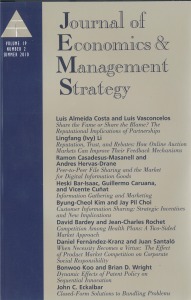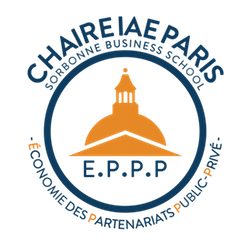Use and abuse of regulated prices in electricity markets: “How to regulate regulated prices?”

June 2020 In: Journal of Economics & Management Strategy — David Martimort, Jérôme Pouyet and Carine Staropoli
Abstract
We consider the regulation of the tariffs charged by a public utility in the electricity sector. Consumers differ in terms of their privately known demands. When regulating a firm’s tariffs, the government is concerned by the redistribution across consumer classes. A conflict between redistribution and screening induces pricing distortions when the firm is a monopoly. Introducing competition with an unregulated fringe improves efficiency but jeopardizes redistribution. In response to this problem, the government may now want to manipulate information about the incumbent’s cost to restrict entry and better promote its own redistributive objective. To prevent such obstacle to entry, the government’s discretion in fixing the incumbent’s regulated tariffs should be restricted by imposing floors or caps on those tariffs and/or by controlling the market share left to the competitive fringe. We highlight the determinants of such limits on discretion and unveil to what extent they depend on the government’s redistributive concerns.
